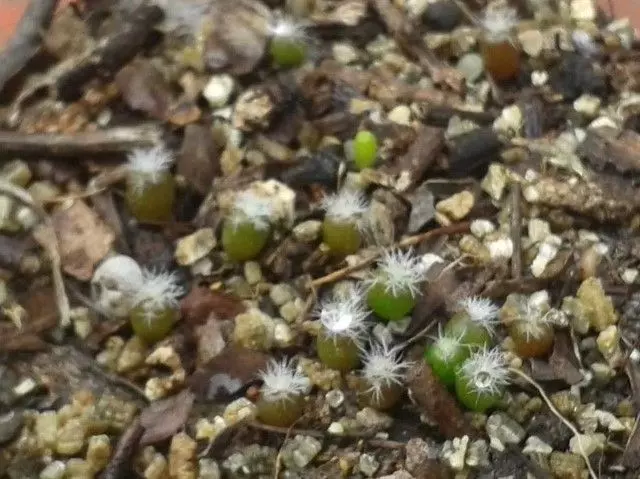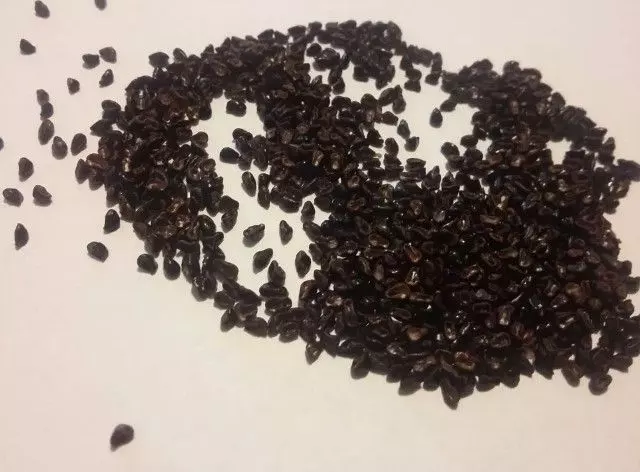Aloe humilis commonly known as Spider Aloe is a low-growing succulent that forms dense clusters of 10 or more, stemless or very short-stemmed rosettes.
The leaves of Spider Aloe are pale blue-green, erect or curved, up to 5” (12.5 cm) long, with short, translucent, white “teeth” on the margins. There are many spines and small, white nodules on both sides of the leaf.
The flowers are tubular, up to 2” (5 cm) long, scarlet, orange, or yellow, and loosely arranged on a spike up to 14” (35 cm) high. They appear from late winter through spring.
A quick look at the characteristics of Aloe humilis:
- Spider Aloe enjoys the direct sun.
- Not resistant to freezing (down to 24 °F (-4ºC)
- Up to 5” (12.5 cm) high and 6” (15 cm) wide.
- Spider Aloe is not suitable for indoor growing.
- Propagation by cuttings or seeds.
- Temperature for Aloe humilis ideal between 24 °F (-4 °C) and (+80 °F) +27 °C.
- Normal watering.
- Spider Aloe is not toxic for humans.
- Active growth in spring.
Table of Contents
Care and Propagation Aloe humilis
Care Aloe humilis
These succulents are not fast-growing and will rarely need repotting. In spring, repot Spider Aloe that is tipping over in pots due to the weight of the leaves, or that have stopped growing.
It is cold hardy to 24 °F (-4 °C).

Watering Aloe humilis
This succulent is a very forgiving plant, and a well-grown plant can be very beautiful. As with all succulents, it is essential that Aloe Humilis never stands in stagnant water, so it should be carefully monitored for signs of over-watering.
Where to Plant Aloe humilis?
Use a fast-draining potting mix with one-third of sand, perlite, or both. These Aloe plants need strong, bright light and can withstand full summer sun once acclimated.
In the winter, it is advisable to place Spiders Aloes indoors if possible but under bright light.
This plant prefers warmer temperatures, 70 °F to 80 °F (21 to 27 °C), but will survive down to 24 °F (-4 °C).
Feed Spider Aloe with a succulent fertilizer only in the summer and discontinue feeding in the winter when the plant overwinters.
Spider Aloe Seedlings
During the process of repotting a larger plant, it is possible to carefully divide the root ball.
Some varieties of Aloe, such as Humilis, will create stems with roots next to the main stem, which can be potted independently. Always use a substrate suitable for succulents. I recommend you read our article about the best soil for Aloe vera.

Seeds Aloe humilis
Aloe humilis seeds need light, well-drained soil.
Use moist soil, placing the seeds in the soil at a depth of 0.4” (1 cm), and covering them lightly (best done in spring). Be careful not to overwater and use a small pot whenever possible.
It is not difficult to grow Aloe Humilis from seed, but it is easier to start with attached stems.

Flowering information
Like other Aloes, Spider Aloe produces bell-shaped flowers up to 2” (5 cm) long, deep orange-pink in color. The flowers appear at the end of stems that are usually borne from the center of the plant and rise up to 14”-16” (35-40 cm) tall.
Origin
This plant is native to South Africa and other nearby regions.
